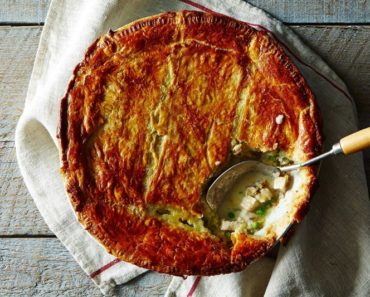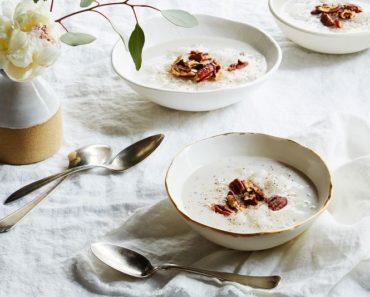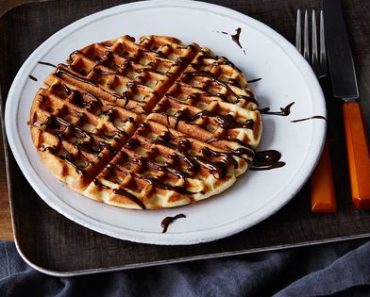At the beginning of every March, I visit my local pet store, no matter where I live, and buy two goldfish. I pick the healthiest-looking ones, knowing I’d like them to live for at least two or three weeks. If I have time, I pick up some hyacinths, fragrant flowers that indicate hope and the coming of spring. Persian New Year (Norooz) happens on the day of the vernal equinox; this year, it’s March 21. The flowers and fish make their way to a table and they’ll stay there, an altar of sorts, until the day of the equinox itself. They’re the hallmarks of my California-to-Brooklyn Persian New Year, the one real, unchanging connection to a 2500-year-old holiday celebrated by my Iranian family and millions of others.
As a kid, I spent all year looking forward to the big parties my family threw for Norooz, the ritual table setting (haft seen), dancing with friends, getting eidee (a few coins or freshly minted bills) pressed into my palm by my dad. I loved it all, but as an American with mixed heritage, my relationship to Iran was nebulous. After all, there are as many different ways to transliterate Norooz (also spelled Nowruz, Norouz, No-Ruz, Nauruz…) as there are people who celebrate it—you’ll find them in Afghanistan, Azerbaijan, Iraq, Turkey, Pakistan, Turkmenistan, and diasporic communities across the globe. I should also note the difference between Persian and Iranian here—the former is a language and ethnicity, and the latter is a nationality. Iranians can speak Persian and be Persian, but many of them (Azeri, Gilaki, Kurd…) are not.
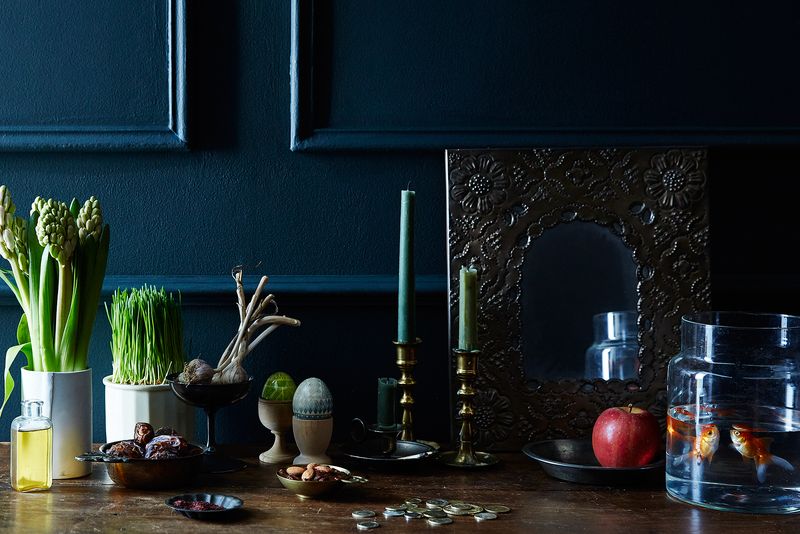
by Zoe Paknad
Anyway, back to the goldfish. My goldfish-and-hyacinth haft seen is two parts of the “Seven S’s” that typically make up this table spread. Many have their own take on which S’s to include, but common ones are seeb (apple), sekkeh (coins), serkeh (vinegar), seer (garlic), somaq (sumac), samanu (a wheat germ pudding) and sabzeh (green sprouts). I like the goldfish, and continue to buy them every year out of habit.
With the exception of a rather particular-looking nose, I can’t say I have that much in common with my grandmother. She was a beautiful woman who loved to talk and tell stories, who had a natural hand with every dish she made. At 15 or 16, she was betrothed to my grandfather, and moved in with him around 17—they raised five kids in what my dad likened to cherry orchards, a remote part of town that’s since been consumed by the urban bustle of Tehran.
My dad also moved away from home at 17, leaving Iran to attend college in Santa Cruz. He had planned on returning home after his first semester, but couldn’t, due to the war that soon followed the revolution. He wouldn’t return home for another 10 years.
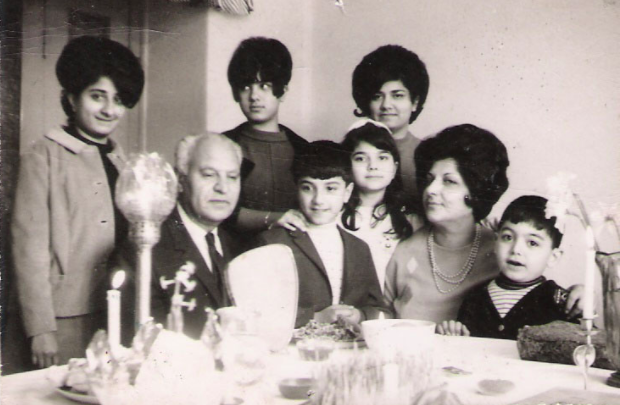
Photo by Courtesy Zoe Paknad
My connection to Iran feels somewhat untethered. I grew up in the years between 9/11 and the Nuclear Deal brokered under the Obama administration in 2015, too young to remember what life was like before the Twin Towers fell. While my Iranian-American friends and I felt American through and through, we were forced to question it at every turn, spending too long debating what to bubble to fill under the “Race” sections of census forms or standardized tests. I managed to visit my family in Iran from time to time, but the trips grew shorter and less frequent as a result of school and, eventually, work. There have been many times when I wanted to accompany my dad on his trips to Iran, but he insisted it was too politically charged for me to risk it.
Instead, I found a road to my Persian heritage in the kitchen, between pots of bubbling khoresh, palmfuls of rice cookies, and the sound of the mortar and pestle rumbling over threads of bright red saffron. I fell in love with these in Iran, and at home, I could live and taste and share an Iranian tradition of my own.
The difference between what’s on each generation’s table, between the Norooz that I will celebrate in Donald Trump’s America in contrast with the Norooz my grandmother rang in under the Shah, fascinates me. I daydream about my parents, grandparents, and other family members, ones who are alive as well as ones who have passed away, sitting shoulder-to-shoulder with me, passing palmfuls of bread I baked this way or that way. In the Norooz in my head, my Farsi is flawless and we can talk freely, joking and cajoling each other to take the last piece of tahdig. The table is bright and colorful and in this alternate reality, I can eat endlessly without ever feeling my jeans pinch at the waistband. My haft seen would be impeccable—calligraphy painstakingly painted onto each decorative egg, gold coins glimmering, fat goldfish gliding through the water in their fishbowls.
In reality, where all things that end up less perfect than we imagine, my eggs will be doodled on with a Sharpie, my gold coins will probably just be quarters, and my goldfish may die so quickly that I don’t even have time to name them.
I asked my friend Neda, a professor at the University of Toronto who wrote the book The Limits of Whiteness: Iranian Americans and the Everyday Politics of Race, about how she celebrates Norooz. “I refuse to engage the goldfish tradition,” she said. “No thanks.” In between showing me photos of her last few haft seens, she told me that celebrating and cooking for Norooz didn’t feel like a big deal to her until she had her own daughter. “Despite living away from my parents since the age of 18, I was never motivated to actually set a haft seen until now.” And she does take some shortcuts from time to time. “I am lucky to live in the best place outside Iran for affordable, easy Persian takeout,” gushes Neda. “I get a huge prepared sabzi polo mahi from my favorite Iranian grocer. That would be an anathema to my mom’s way, but she is really cool and acknowledges (or lies to me) that she’d do the same if she were me.”
We’re all doing our best and finding our own ways to preserve what’s important to us. That’s what takes me to the kitchen every Norooz: By baking this fluffy, buttery, ethereal noon-e barbari—which comes so close to the one from the noonvai (baker) near my grandmother’s old home in Tehran—and other Persian dishes, like a steamy bowl of aash-e reshteh or a forkful of tender yellow tachin, I can meld my dream Norooz with my real Norooz, my past and present.
Food Fit For a Norooz Feast
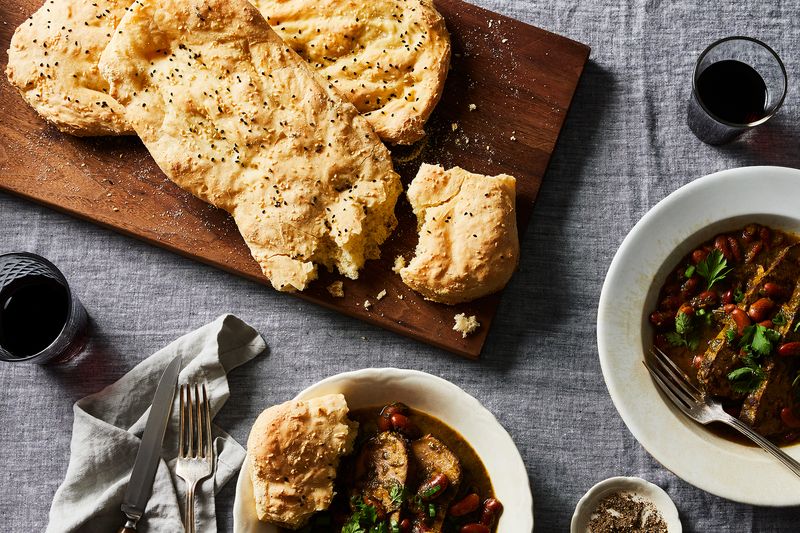
by cookingProf
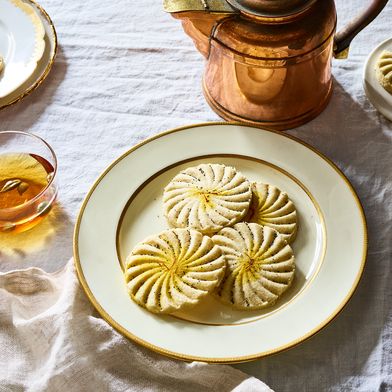
by Louisa Shafia
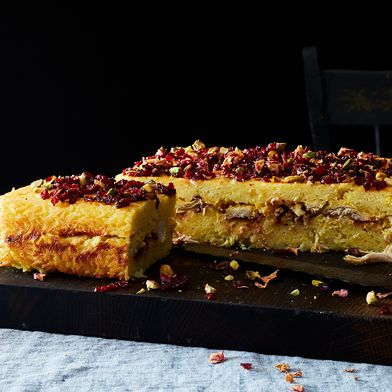
by Zoe Paknad
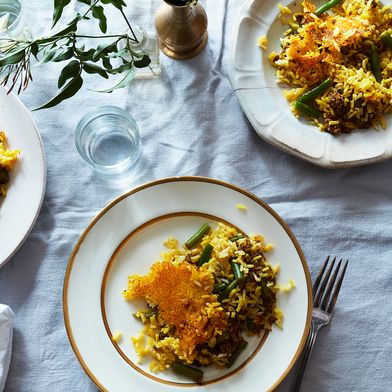
by Zoe Paknad
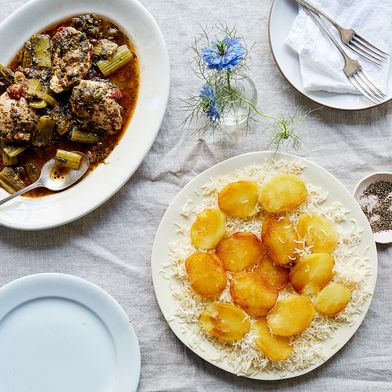
by cookingProf
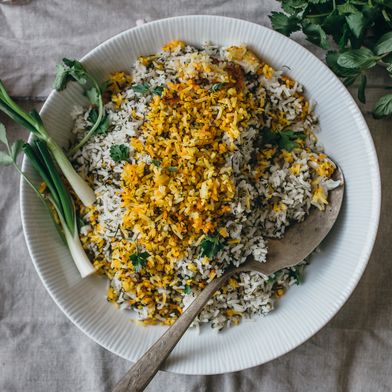
by Saghar Setareh
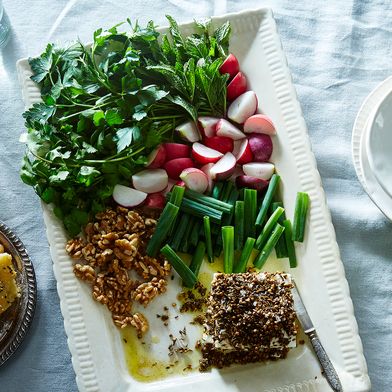
by Louisa Shafia
How do you celebrate Noroz? Tell us about it in the comments!
(via Food52)



